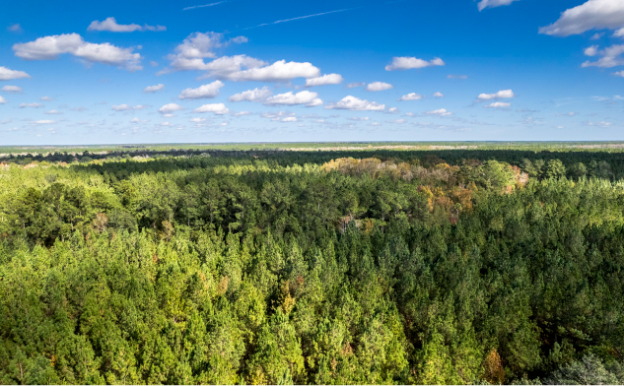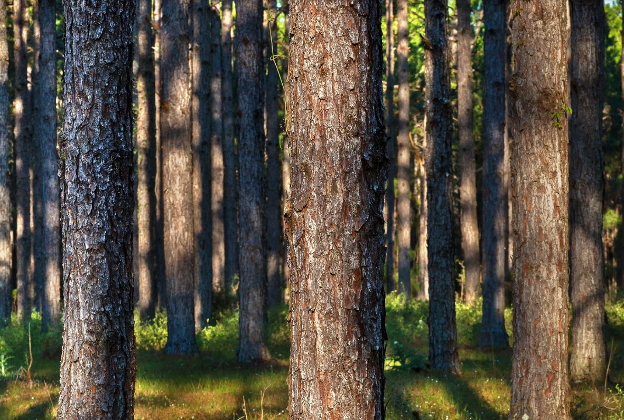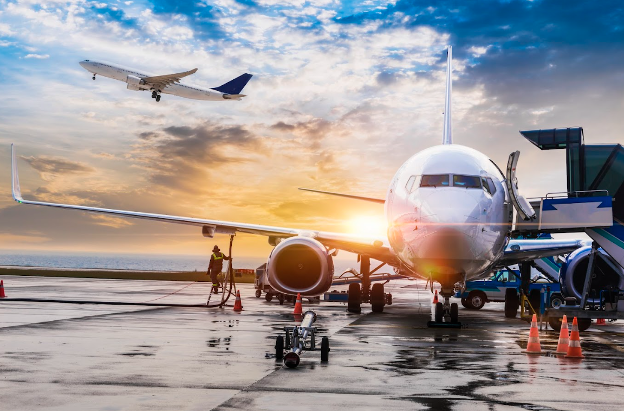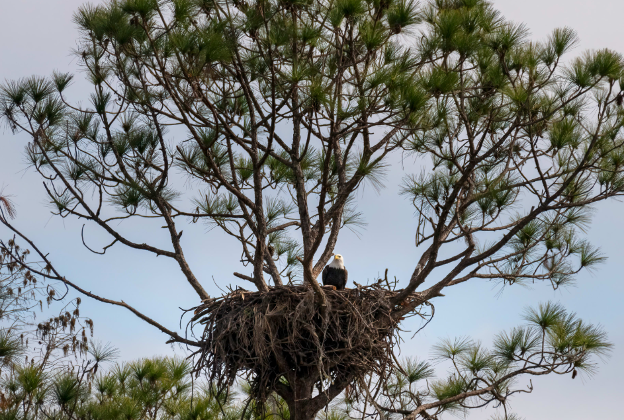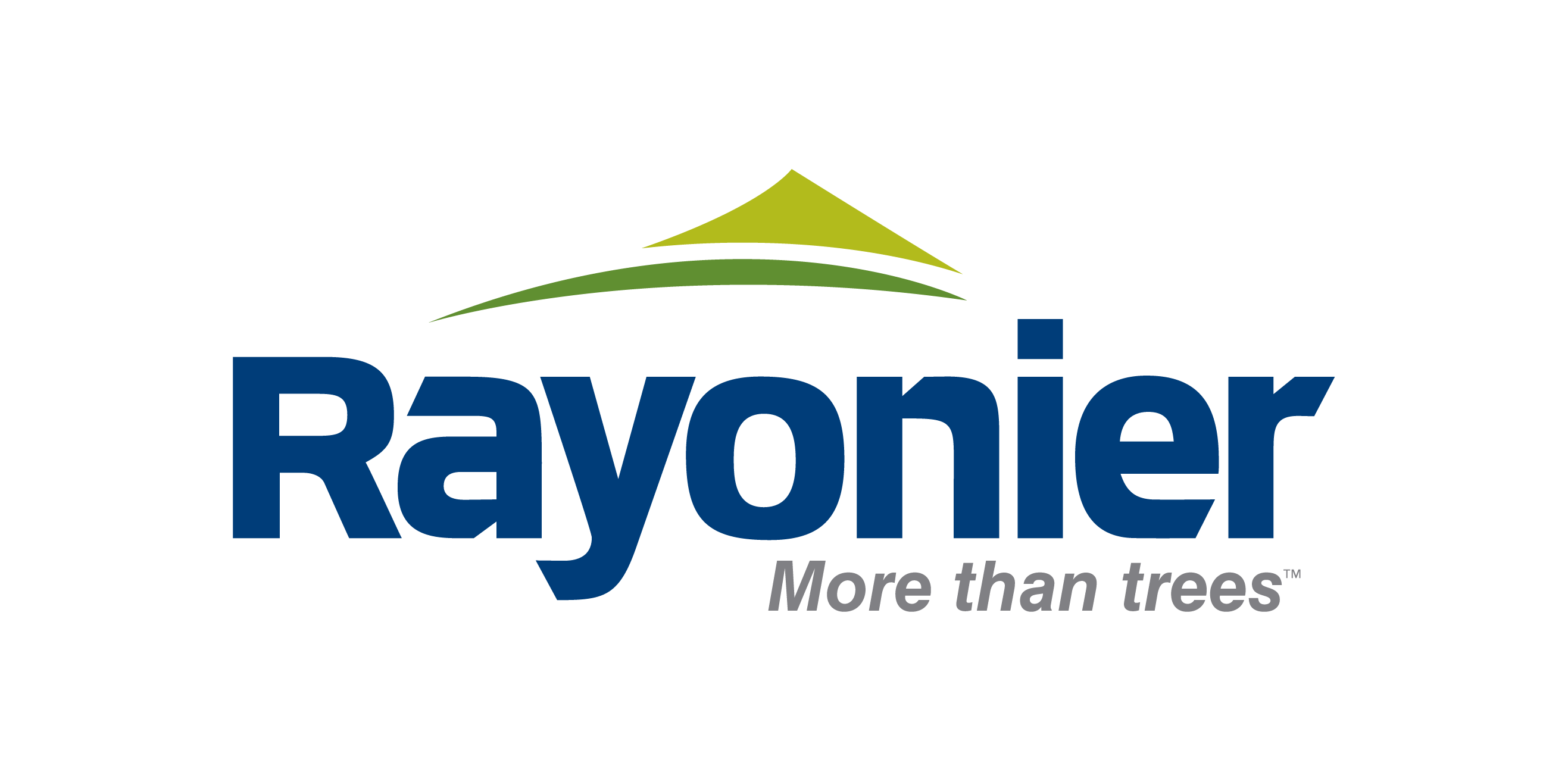Rayonier’s Land-Based Solutions: Advancing a Low-Carbon Economy
Originally published on Rayonier.com
What are Land-Based Solutions?
The term “land-based solutions” refers to land uses that address the environmental needs of the world. In this summary, we examine land-based solutions Rayonier is positioned to provide that could have a significant positive impact on the world.
As our world seeks to transition to a low-carbon economy, the demand for land and renewable forest products is on the rise. We believe these resources will play a key role in addressing the impacts of climate change and the excess carbon in the atmosphere.
Many strategies to enhance and sustain the health of our planet will come from the proper use of land. As a landowner responsible for millions of acres of forests, Rayonier is eager to deliver the land-based solutions our assets can provide.
These land uses address some of the key environmental needs of the world. We believe it’s our responsibility to lead, innovate and collaborate with others to ensure a healthy and sustainable future. We are working closely with community and business leaders to leverage our forestlands to make the greatest positive impact.
Rayonier views land-based solutions through the following broad categories:
Positioning land for alternative and additional uses
Alternative uses include solar and wind farms, which produce clean energy, powering homes and businesses while drastically reducing the amount of carbon dioxide (CO₂) emissions required to produce that energy.
“Renewables produce energy with a lot less carbon emissions than other traditional forms of power production, such as coal and gas,” explains our Vice President of Energy Resources Rob Fancher.
Renewable energy producers support a healthier environment by reducing air pollution, mitigating climate change, conserving water compared to fossil fuel plants and minimizing noise pollution. They also provide local jobs, increase tax revenue and make communities more attractive to new businesses.
“Many businesses are interested in lowering their carbon footprint and they’re looking to relocate their facilities to areas that have options for renewable energy,” Rob explains.
Leasing land for wind and solar farms
Sites with strong solar and wind potential are plentiful across Rayonier’s ownership, which is attractive to solar companies because of our large land base and proximity to power substations.
Thanks to advancements in technology, solar power has become one of the most affordable energy sources, with the levelized cost of electricity declining more than 80% from 2008 to 2022, according to this Berkeley Lab study.
Solar makes up more than half of new energy
Due to its relative affordability and positive impact on climate, solar is now making up more than half of all new energy being introduced into the grid, as reported here by the U.S. Energy Information Administration.
In 2023, the first solar farm on Rayonier land came online in Polk County, Texas. Longroad Energy’s 150 megawatt project produces enough clean energy to power 30,000 homes, avoiding an estimated 250,000 metric tons of CO₂ emissions annually.
“When we're looking for solar developers to pursue a project, we really want a reputable, trustworthy company that shares our core values and our long-term commitment to environmental stewardship,” says Business Development Manager Zan Frederick. He says his team was pleased with the steps Longroad Energy took to protect the environment around the project site.
The solar farm, which includes about 600 acres of Rayonier land, implements water quality protection measures such as reservoirs and forest buffers. It also was built around wetlands to protect the ecosystems within its boundaries, with solar panels on only 1,300 acres of the approximately 2,500-acre site.
Providing Pore Space For Carbon Capture and Storage Opportunities
In addition to green energy sites, Rayonier owns land that is well-situated to provide carbon emitters, such as factories and power plants, access to pore space for carbon capture and storage—or, CCS—for their emissions.
CCS begins with the CO₂ producer, who captures the CO₂ from the atmosphere or the point source of the emissions and pipes them into an underground pipe system. This system transports the emissions to our land in liquid form. The CO₂ is then sent deep underground—a half mile or more—and injected into a rock formation that will store it permanently.
With more than half of the world’s 2,000 largest companies committed to net zero emissions, CCS is expected to be a major contributor to decarbonization. CCS demand is projected to grow rapidly, with an expected compound annual growth rate of 6.2 percent annually from 2023 to 2030, reaching more than 300 Mtpa (million tonnes per annum), according to the World Economic Forum.
Our southern land base includes large tracts of land with geologic capacity for CCS. Many of these properties are within close proximity to high-purity emissions sources as well as existing pipelines and rights-of-way.
Rayonier announced in 2024 the granting of 75,000 acres of underground pore space lease agreements. These leases allow emitters to use our land for CCS. By making land available for CCS, we are facilitating a critical solution for reducing carbon emissions, while still preserving the primary use of our land for timber operations.
"By providing CCS pore space while continuing to sustainably manage the forests above, we're able to deliver even more environmental benefits through our land resources," said Rayonier Executive Vice President and Chief Resource Officer Doug Long. "We're committed to advancing these types of land-based solutions to combat climate change."
Elevating the role our forests play in capturing carbon
Trees capture and store carbon not only while they’re growing, but also store carbon in the products they become, such as lumber and plywood for housing construction.
Beyond these direct product uses, we are able to leverage our foresters’ expertise and change how our forests are managed to maximize the carbon captured. These management changes produce carbon credits to be sold in offset markets.
In New Zealand, we participate in the nation’s regulated carbon offset market, known as the New Zealand Emissions Trading Scheme. Through this market, registered forests generate credits known as New Zealand Units (NZUs). Companies looking to offset their emissions purchase the NZUs and “retire” them once they claim that credit. In 2023, Rayonier generated $23 million in NZU sales.
Across our U.S. lands, where carbon markets are voluntary, we are exploring opportunities to elevate the carbon sequestered within the forests we manage.
Improved Forest Management (IFM) projects currently under consideration could maximize our carbon sequestration using science-driven forestry techniques. This might include extending how long timberlands grow before they’re harvested, establishing alternative native species, or managing the land in a different manner.
Carbon credits can also be generated from afforestation activity, in which land that has been used for different purposes, such as cattle grazing, is converted into forests.
Rayonier is currently working on both IFM and afforestation carbon credit projects in the U.S.
Producing the wood fiber needed to fuel bioenergy and biofuel systems of the future
There is a rising need for the wood fiber we grow as manufacturing facilities seek to become more environmentally positive. Wood-based renewable fuels for airplanes, trains and vehicles as well as electricity generated through wood-based bioenergy reduce carbon emissions. Using these products in place of traditional fuels can significantly reduce the carbon intensity of the energy the world needs.
One specific area of opportunity is bioenergy with carbon capture and storage (BECCS) facilities. BECCS is a growing area of interest to address manufacturers’ emissions, especially in the U.S. South, where a large portion of our timberlands are concentrated. BECCS facilities burn woody biomass for energy production and then capture and store the emitted carbon—aiming to create a carbon-negative cycle.
The demand for Sustainable Aviation Fuel, known as SAF, is also on the rise. Air travel is currently responsible for 12% of all transportation-related CO₂ emissions, according to this article by the U.S. Department of Energy. Existing aircraft can use a blend of SAF and jet fuel to reduce emissions.
Members of the International Air Transport Association (IATA), representing more than 80 percent of global air traffic, have committed to achieving net-zero carbon emissions from their operations by 2050. IATA’s Fly Net Zero strategy relies on SAF for 65% of the emission reductions, which will lead to significant increasing demand for SAF in the future.
Embracing environmental and biodiversity conservation
We are committed to sustainable land management practices that balance various uses while ensuring the protection of critical natural habitats. This includes implementing conservation strategies, maintaining or enhancing biodiversity and adhering to environmental regulations to conserve the ecological integrity of significant areas under our stewardship.
We're actively involved in conservation easement solutions that permanently preclude certain activities such as high-density development or mining from taking place on those properties. These solutions make larger conservation efforts possible in areas near our ownership.
Through biodiversity enhancement efforts such as afforestation of lands from other uses back to forests, we can prioritize habitat for vulnerable wildlife species, as well as help createcontinuity of wildlife corridors and sensitive areas, all in an effort to contribute to environmental conservation.
Proud to be Part of the Solution
At Rayonier, we’re proud to continuously seek more ways to be part of the solution. Through the land-based solutions we work with stakeholders to deliver, as well as our timber business’s climate-smart forest management, we can play an important role in advancing the transition to a low-carbon economy and addressing the risks posed by climate change.

